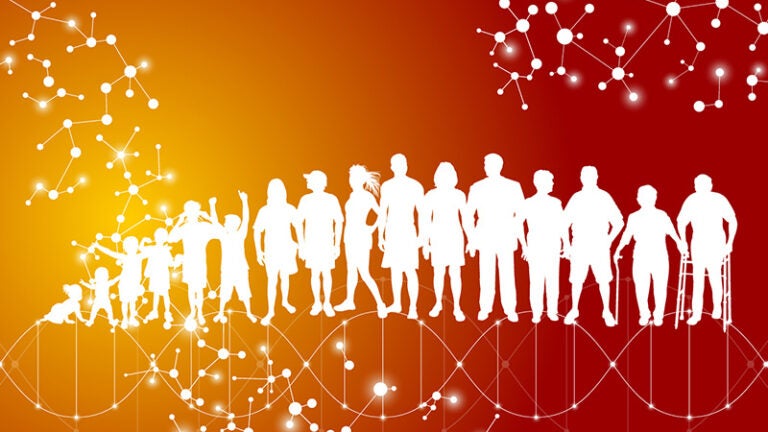
Aging may be as old as life itself
A new USC Dornsife study indicates that aging may have originated at the very beginning of the evolution of life, at the same time as the appearance of the first genes.
“This could be a game changer for research on longevity and aging. It may also be relevant to the scientific discussions surrounding CRISPR9 gene editing,” said John Tower, professor of biological sciences at USC Dornsife. “We found that when it comes to genes, aging may not always be a negative trait. It may help an organism survive.”
The findings, published on Sept. 11 in the journal Origins of Life and Evolution and Biospheres, may reshape scientific conversations about a long-held hypothesis of aging first proposed by the biologist George C. Williams.
Williams suggested in a 1957 paper that as part of natural selection, biology favors genes that will optimize functions and characteristics necessary for an organism to reproduce within a specific period of time in its life. But later in life, those genes that enhance reproduction actually contribute to aging. Williams’ hypothesis was known as “antagonistic pleiotropy.”
There are several examples of this biological tradeoff. The gene p53, for example, suppresses cancer, but it is known to accelerate aging in cells.
Tower, an expert on the biology of aging, said that under this hypothesis, aging of the organism is a consequence of natural selection for optimal reproduction. In effect, it means that aging is the price an organism pays much later for concentrating its biology to reproduce earlier in its life. He wondered, though: Is aging always a negative trait at the level of individual genes?
To test this, Tower and a team of researchers developed a scenario with gene-like molecules that can replicate themselves. Such molecules are believed to be the evolutionary origin of modern genes.
Using computer modeling, the researchers paired an unstable short-lived gene, B, and its interactions with a longer-living gene, A, to create a new replicator, AB. In some simulations, the fact that B was short-lived enhanced beneficial aspects of A that would maximize the generation of more copies of the AB replicator. In other words, combining the two genes not only overcame the drawbacks of the weaker gene, but it actually resulted in better reproduction of either of the genes alone.
“The results suggest that evolution can favor the limited stability of genes as a way to increase complexity and the reproductive fitness of the organism,” Tower said. “Interventions designed to stabilize genes might help combat aging.”
About the study
Study co-authors included undergraduate researchers Zewei Li at USC Dornsife and Runhe Lyu at the University of Waterloo in Ontario, Canada, who recently graduated. The study was funded by grants from the National Institute on Aging.